First Aid Kit Management
NO MORE KIT CHAOS™
Never restock your workplace first aid kit again.
We’ve addressed all the challenges of First Aid Kit Management in the Workplace, and erased them. Here’s a brief look at our most popular, mid level option.
Brand new First Aid Kits
Guaranteed First Aid in the Workplace Compliance
All-inclusive restocks and audits
Emergency restocks
Extra’s Box
Company-wide training discounts
No lock in contracts, no hidden costs
Compare the three tiers below. Basic, Essential & Premium.
First Aid Kit Frustrations
Managing first aid kits in a the workplace comes with a unique set of challenges that can often go unnoticed until an emergency strikes.
From the time-consuming audits to kits that should have stayed in last century, there is often room for improvement. Many companies often fail to meet the standards set by the First Aid in the Workplace Code of Practice. Understanding the responsibilities are both critical and complex.
Explore the inclusions
Basic
Traditional Restocking - just better.
The Inclusions
Essential
Complete Compliance , Guaranteed.
The Inclusions
Premium
For high risk, high usage workplaces






























